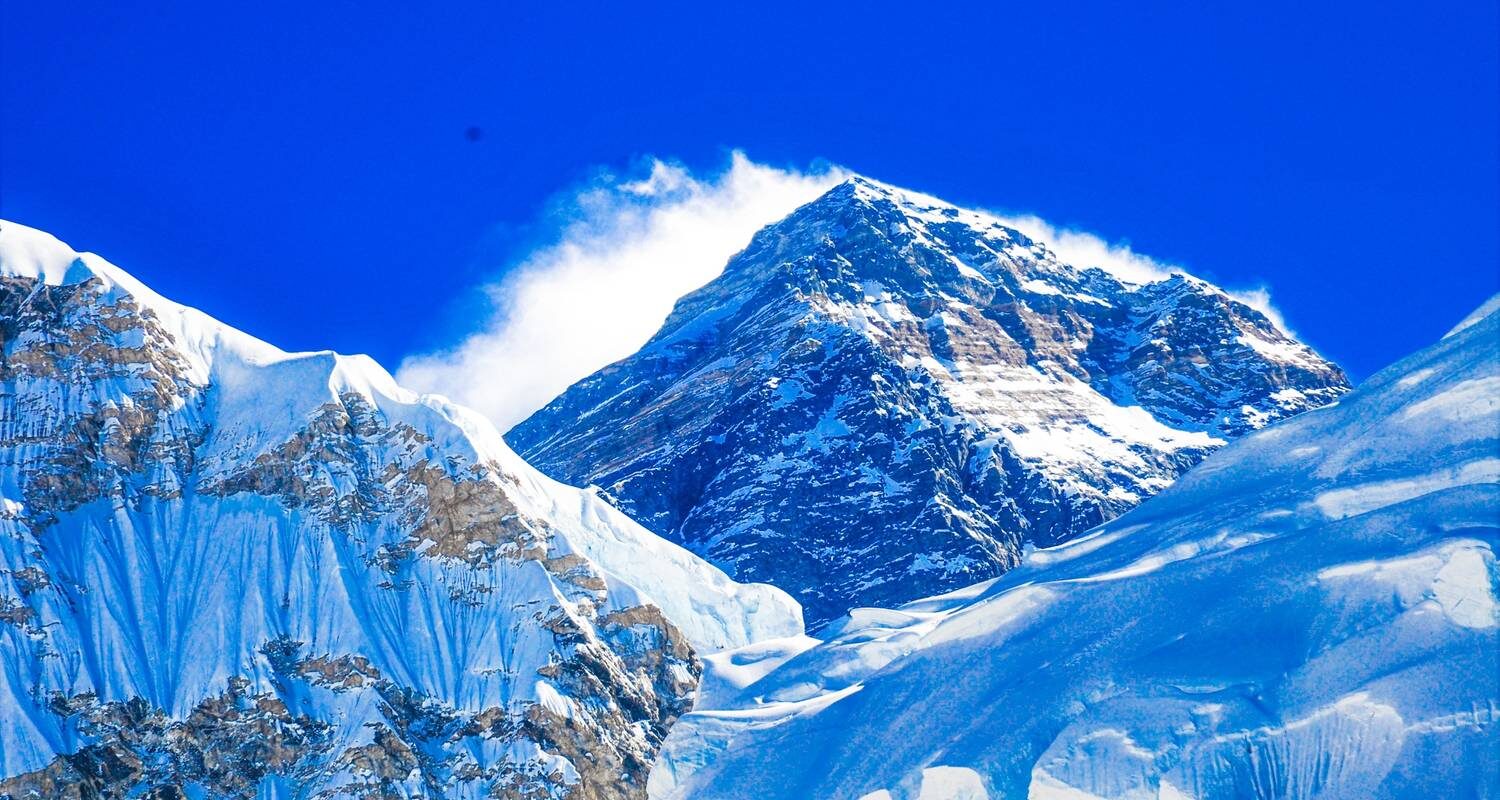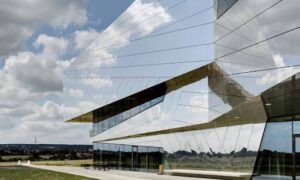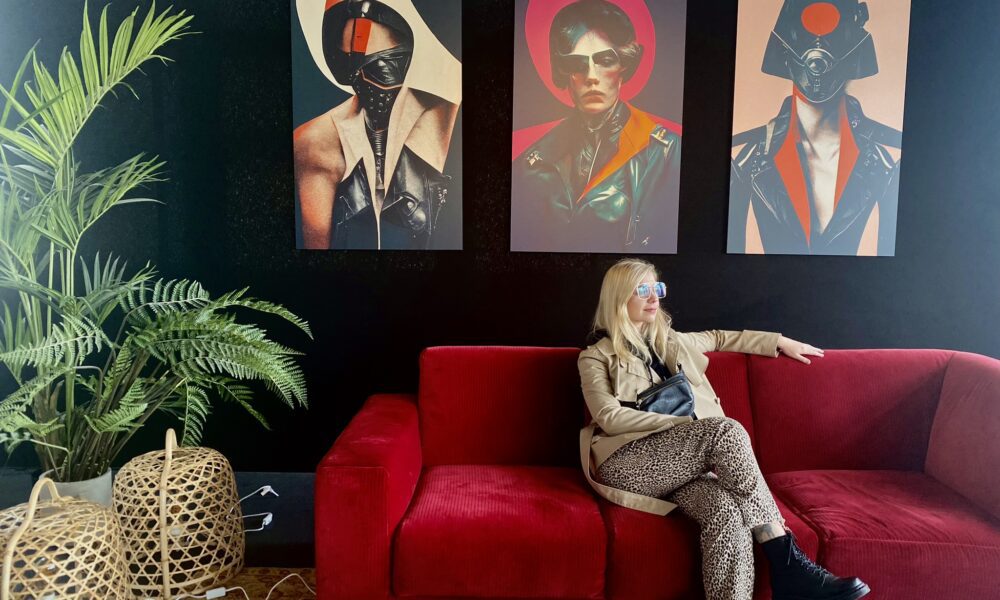Nepal, land of tall peaks and deep valleys, has many faces. But if someone wants to feel everything, like every type of trail, mountain, forest, and village culture, then choose four treks. These four treks are not just walks in the mountains; they show how Nepal has many faces. This article talks about all four: Everest Base Camp with Two Pass Trek, Ghorepani Poon Hill Trek, Khopra Ridge Trek, and Short pikey peak trek. From high snow mountains to green hills with sunrises, from busy trails to quiet local paths—all feel like they come together. Let’s walk through it all, step by step.
Everest Base Camp with Two Pass Trek in Nepal
The Everest base camp with two pass trek in nepal is not a normal walk. It was a real high adventure. Everest Base Camp alone is a big dream, but if you add two high passes—Kongma La and Cho La—then it becomes the face of extreme Nepal. It gives mountains, glaciers, remote places, and also Sherpa villages. It’s a full-heart trek.
First it starts from Lukla, a small airstrip on a hill. From there, walk and go to Phakding and then Namche Bazaar. Namche is the capital of Sherpa. It has many tea houses and a big view. Then the trail goes up to Tengboche, with a famous monastery. After that, it goes even more remote, toward Dingboche and Lobuche.
But the real hard part comes now. First is Kongma La Pass, over 5,500 meters. This pass is quiet, with fewer people. Snow, rock, cold wind—you feel like you’re on another planet. Then come down to base camp. Walk on glaciers, see Khumbu Icefall, and see Everest so close but also so big that the sky touches it.
But it is not finished. From base camp, go back a bit, then climb again to Cho La Pass. This is steeper and icier. But after you cross, you enter Gokyo Valley. Here the lake is blue like a dream, a silent place. From Gokyo, you can climb Gokyo Ri, one of the best viewpoints. You see four 8,000 meter peaks—Everest, Lhotse, Makalu, and Cho Oyu. It’s magic.
This trek shows the face of Nepal—the highest mountain, hard path, glacier, Sherpa culture, silence, struggle, and joy. It is long, about 18 to 20 days. But my heart always remembers.
Ghorepani Poon Hill Trek
Now we move to the soft face of Nepal. The Ghorepani poon hill trek is short and easy but gives one of the best sunrises in the world. This trek is in the Annapurna region. People who do not have a long time or don’t want high altitude choose this.
The trek starts from Nayapul, near Pokhara. First day: small villages, green farms. Then a slow walk up to Tikhedhunga, and the next day a big climb to Ulleri. Step after step, stone stair, old village. Then reach Ghorepani. This village is in a forest, with views of Dhaulagiri and Annapurna.
Main magic happens the next morning. Before the sun comes, climb to Poon Hill. It’s just a 45 minute walk. But when the sun rises, the mountain turns gold. The whole Himalayan range stands in front. Annapurna, Machhapuchhre (Fishtail), Dhaulagiri, and Nilgiri—like a painting, but real. The camera can’t capture the full feeling.
After that, the trek goes to Tadapani, Ghandruk. These are Gurung villages with stone houses and rhododendron forests. People are friendly, food is warm, and dal bhat is fresh. It feels like home.
This trek shows another face of Nepal—family trek, easy path, forest and village, soft culture, sweet smile. The whole trek finishes in 4 to 5 days. But my soul remains full.
Khopra Ridge Trek
Now we go a little in the middle. Khopra ridge trek is like the secret face of Nepal. Not many people go there. It is near Poon Hill, but more wild, more real. It gives a close look at Dhaulagiri and Annapurna South. Also one special lake on top—Khayar Lake.
Start also from Nayapul or Ghandruk. The first few days go the same as the Ghorepani trek. But after that, it turns into a hidden trail. Go to Swanta, then climb to Khopra Danda. This ridge is open, high, and full view. You see both sides of the valley, also Annapurna South just in front. Morning and evening here is quiet wonder.
From Khopra, you can go on a side trip to Khayar Lake. This lake is sacred; people say Shiva drinks water here. It is high, over 4,600 meters. The walk is a long day, but the lake is so peaceful, and the mountain reflects in the water.
Down trail go via Bayeli or Dobato. There is also the viewpoint Muldai Peak, a small climb but a big view. You see a wide Himalayan wall.
This trek is the face of quiet Nepal. No crowd, only you and the mountain. Local tea house, more basic, but more heart. It takes about 7 to 9 days. Perfect for those who want peace with a view.
Short Pikey Peak Trek
Now comes the fourth face—unknown beauty. Pikey Peak Trek is short but pure. It is in the lower Everest region. Not many people go here. But those who go say the best view of Everest is from Pikey.
Trek starts from Dhap or Jiri. Road reach till trailhead. The first few days go through forest, Buddhist village, and yak pasture. You see the real life of mountain people. Not a tourist place, but real Nepal.
Then one day reach Pikey Base Camp; the next morning climb Pikey Peak. It is not very high, about 4,065 meters. But from the top, you see a big line of mountains—Everest, Lhotse, Makalu, Kanchenjunga, and even Dhaulagiri on the west. Sunrise here is magic, the same as Poon Hill, but more quiet.
Down trail goes through Junbesi, an old Sherpa village. There is Thuptencholing Monastery, which is very peaceful. Monks live here, with prayer flags everywhere. Trail finish near Phaplu.
This trek is short, about 5 to 7 days. But it shows the face of untouched Nepal—old trails, real people, wide views, and quiet souls. No need for high fitness. Good for all ages.
Why Choose These Four Treks?
These four treks are not the same. But together, they show the whole of Nepal. The Everest trek is high and hard. Ghorepani is soft and sweet. Khopra is secret and wild. Pikey is quiet and unknown.
They also fit all kinds of trekkers. Long trek, short trek. High altitude, low altitude. Famous route, hidden trail. Tea house with comfort, basic stay with a smile.
Together, they give a full feel—mountain, culture, sunrise, glacier, forest, lake, and people. These four faces of Nepal make one heart of the Himalaya.
Best Season to Do These Treks
For all these treks, the best time is two seasons. One is Spring (March to May). In this time, forests full of flowers and rhododendrons bloom. Sky clear, weather warm. Second is Autumn (September to November). After the rain goes, the air is clean, and the mountain is sharp.
Winter is also possible, especially for Pikey and Ghorepani. But high passes like Kongma La and Cho La in the Everest trek are very cold and icy. Summer is not the best, because the monsoon brings rain and leeches.
Food and Stay on the Way
On every trek, you get a teahouse. They give food, a bed, and hot tea. In the Everest region, teahouses are more modern, with Wi-Fi, menu books, and hot showers. In Khopra and Pikey, it’s more simple, but the food is made with care. Dal Bhat is everywhere. Also noodle soup, momo, pancake, and Tibetan bread.
Water: you can buy a bottle or fill it with a filter. Better use a purification tab or bottle with UV.
Sleep is in a shared room or single. Blanket provided, but it’s good to carry a sleeping bag.
Health and Safety Tips
- Walk slowly, especially on high treks like Everest.
- Drink 3 liters of water daily.
- Don’t eat heavy at night.
- Use sunscreen; even snow reflects the sun.
- Carry Diamox if you go over 4,000 meters.
- Don’t rush past; check the weather.
- Respect local customs. Say “Namaste” with a smile.
- In forest trails like Ghorepani or Pikey, carry sticks—for balance and for dogs sometimes.
Conclusion
Nepal is not one face. There were many. Mountain and village. Glaciers and flowers. Quiet and challenging. These four treks—Everest Two Pass, Ghorepani Poon Hill, Khopra Ridge, and Pikey Peak—show the different moods of Nepal. You see the world’s top peaks and also the world’s kind people. You feel the sweat of the climb and the joy of the sunrise.
If you want to feel full in Nepal, then don’t just choose one. Choose these four. One by one, season by season. Nepal waits for you, every year, every trail, with open sky and big heart.





























